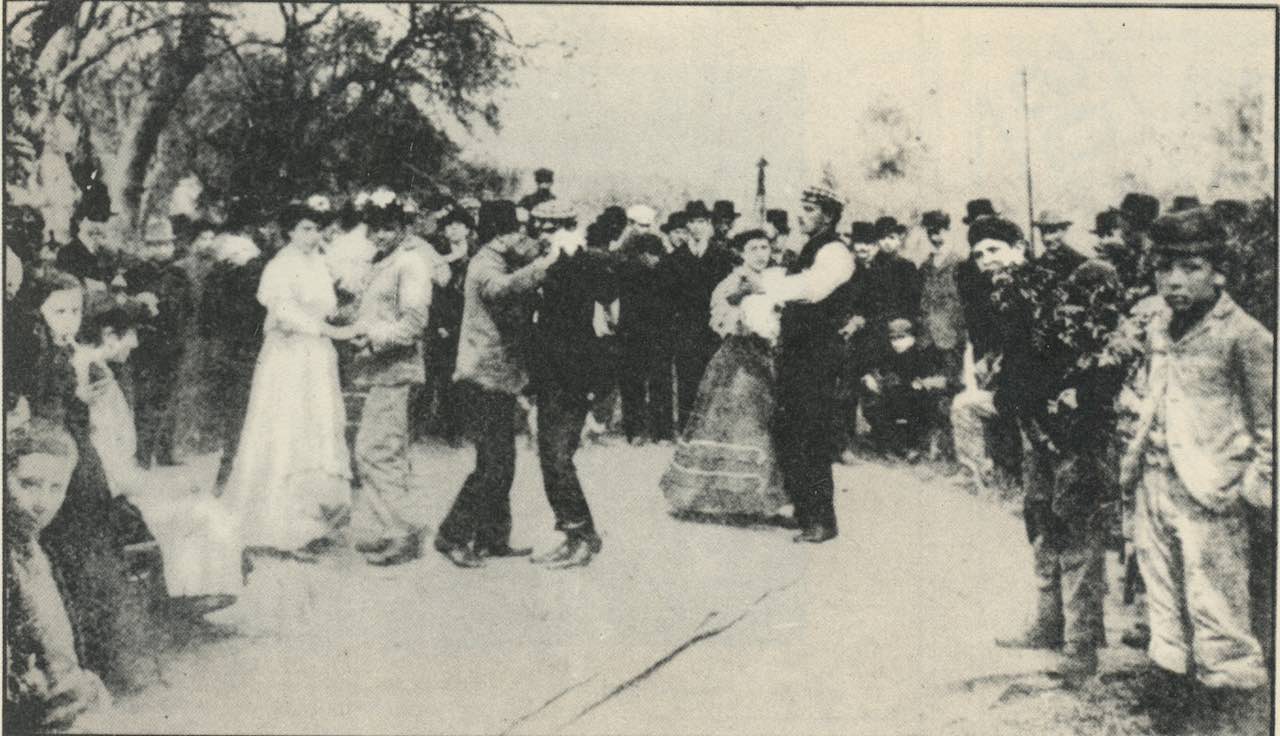If I had only three words to express my Philosophy of Argentine Tango they would be: Passion, Connection and Technique. Of these three, I can only teach connection and technique, while making every attempt to convey my passion for this dance and its music.
In Tango, we have three primary connections: Embrace, Musicality and Floorcraft. Our embrace is our connection with our partner. Musicality is our connection with the music. Floorcraft is our connection with the other dancers on the dance floor.
In order to express our passion and to have wonderful connections, we must start with learning proper Tango technique. This is where my teaching philosophy differs from many. I believe that dancing with lots of passion, but little technique or connection is meaningless at best and torturous at worst. The opposite is also true, dancing with only technique but no connection and no passion is also meaningless.
From technique we develop clarity. From clarity, we build strong connections. From strong connections, we can fully express our passion.
Social Form of Argentine Tango
While I do perform on a regular basis at different events, my primary passion is the social form of Argentine Tango. Argentine Tango is danced in most every major city in the world. My goal as a Tango teacher is for you to be able to visit any of these cities and to be able to go to a local Milonga (Tango dance party) and to be able to have wonderful dances.
Open Embrace versus Close Embrace versus Apilado versus Salon versus Blah
I dance and teach Argentine Tango. Open Embrace and Close Embrace are not styles of Tango, but embraces used in Tango. Salon, Milonguero and Nuevo are all styles or forms of Tango. My students are exposed to ALL styles and embraces and I leave it to them to choose which ones they employ in their dance. My primary goal as a Tango teacher is to give my students all the tools necessary to dance exceedingly well and to be able to be the most sought after dancers at the Milongas.
Experience
I have spent many years learning from the greatest tango teachers in the world and have travelled to Buenos Aires twice to work with master teachers. Some of the teachers who have had the largest influence on me are Sebastian Arce y Mariana Montes, Gustavo Naveira y Giselle Anne, Murat and Michelle Erdemesel, Homer and Cristina Ladas, Chicho Frumboli y Juana Sepulveda, El Pulpo, Osvaldo y Coca and Facundo y Kely Posadas.
I have also had the good fortune to have amazing dance partners, friends and students to work and learn with. In almost every class that I teach, someone asks a question which challenges me to think more deeply about a particular technique or concept. While I teach I am also learning and I hope that that will be the case forever. One of my favorite tango quotes is from an old Milonguero, who must have been in his 80's and had been dancing since he was a teenager, who was asked if there was anything that he was still working on and his response was a quick "Yes, I am still working on walking."
Un Abrazo,
Clint Rauscher


